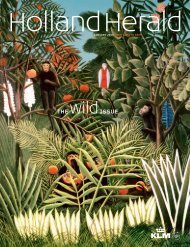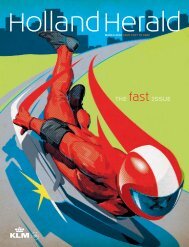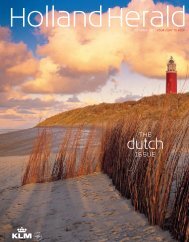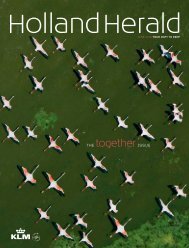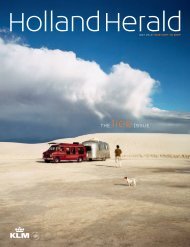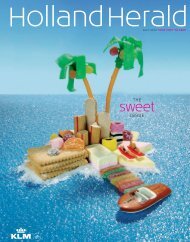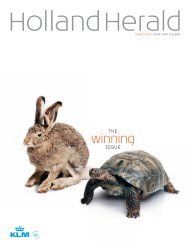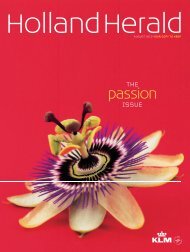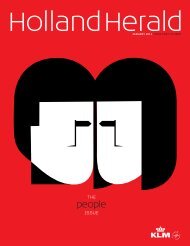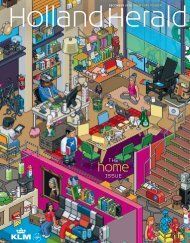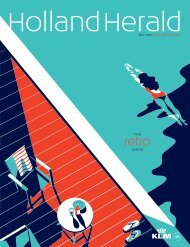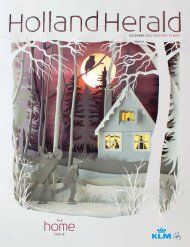february-2012
february-2012
february-2012
Create successful ePaper yourself
Turn your PDF publications into a flip-book with our unique Google optimized e-Paper software.
in the world (and for under €2). Congee is another<br />
quintessential Hong Kong dish, and the crab congee and brothy<br />
rice at Shunde Chuen is rightly renowned.<br />
Hong Kong is justly famous for being a vertical city. It is<br />
a jumble of steep inclines, giant skyscrapers and enormous<br />
vertiginous housing blocks living cheek by jowl with jungle-clad<br />
mountains. Space has always been a precious commodity here,<br />
and you will fi nd some of the most expensive real estate in the<br />
world. So, room to live and breathe is of prime importance for its<br />
city dwellers.<br />
But all this is about to change with the creation of the West<br />
Kowloon Cultural District (known locally as the WKCD). Th e<br />
government has secured a huge swathe of property along the<br />
West Kowloon waterfront for redevelopment, in order to bring<br />
more arts, entertainment, culture, residential property and open<br />
green spaces.<br />
Some HK$21.6 billion (€2 billion) has been invested into the<br />
project, and renowned UK architect Lord Norman Foster is<br />
overseeing the 40-hectare site.<br />
“It will not be a cultural ghetto cut off from urban life,” he<br />
explains. “My master plan instead off ers something that is<br />
pedestrian friendly, focusing on 17 cultural buildings and a<br />
great park.”<br />
Indeed, unlike other world cities such as New York and<br />
London, Hong Kong does not have a real park. Th e WKCD will<br />
change that, with a 24-hectare space wrapping the fringes of the<br />
waterfront. Cultural buildings include the M+ Museum for the<br />
contemporary arts, a huge performance venue, a Cantonese<br />
opera house, a music centre and a concert hall. Th ere will also be<br />
skyrails and overhanging walkways. Th e fi rst phase of the<br />
WKCD should be fi nished in 2015.<br />
“I want to see the park most of all,” says Kowloon resident<br />
Pauline-Anne Leung. “We are crying out for green land in Hong<br />
Kong and I have heard it will stretch across the harbour front.”<br />
In fact, the park has been championed by almost the entire<br />
population of the city. “You will be able to sit on the grass, walk<br />
your dog, play ball games, all of the things you are not supposed<br />
to do in the parks of today” says Lord Foster with a smile. “And<br />
you will certainly not have to follow a tarmac path.”<br />
One of the most famous names to be linked with the WKCD<br />
project is the British master-designer Th omas Heatherwick.<br />
Th e man who is designing the <strong>2012</strong> London Olympics<br />
cauldron explains that he hopes the WKCD will avoid the<br />
clichés of cultural districts in other world cities.<br />
“I’ve been to Hong Kong more than 80 times now, and it fi res<br />
me up in a way unlike anywhere I’ve ever been,” says<br />
Heatherwick. “But it’s important that what happens in West<br />
32 Holland Herald<br />
“ A jumble of steep inclines<br />
and giant skyscrapers sit<br />
by jungle-clad mountains ”



